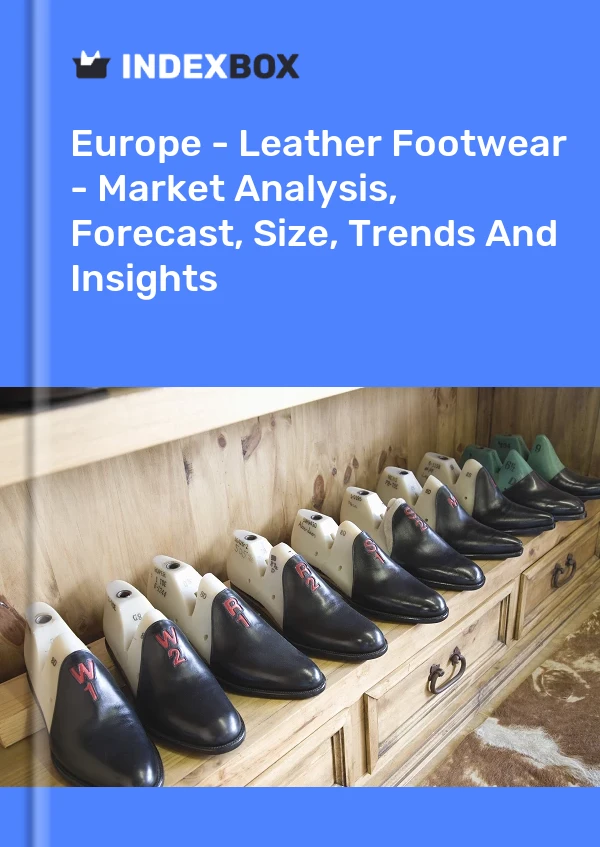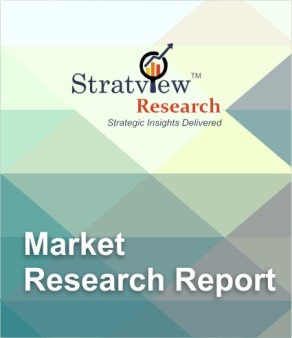The Horse Market in Europe: A Look at Trends

The horse market in Europe is a dynamic and multifaceted industry that reflects cultural traditions, economic factors, and evolving consumer interests. This article explores current trends shaping the European horse market, including market size, popular breeds, economic impact, and future outlook.
Market Overview
Europe hosts one of the largest horse populations globally, with countries like France, Germany, and the United Kingdom leading in horse breeding and trading activities. The market encompasses various sectors such as sport horses, leisure riding, breeding, and equine therapy.
| Country | Estimated Horse Population | Key Market Segment |
|---|---|---|
| France | 900,000 | Sport and leisure |
| Germany | 700,000 | Breeding and sport |
| United Kingdom | 1,200,000 | Leisure and competition |
Popular Breeds and Their Market Demand
Certain horse breeds dominate the European market due to their versatility and performance in sports and leisure. Warmbloods, Thoroughbreds, and Andalusians are among the most sought-after breeds.
- Warmbloods: Preferred for dressage and show jumping.
- Thoroughbreds: Popular in racing and eventing.
- Andalusians: Valued for their temperament and classical riding.
Economic Impact
The horse industry contributes significantly to the European economy through employment, tourism, and related businesses such as feed production, veterinary services, and equipment manufacturing. The sector supports thousands of jobs and generates billions in revenue annually.
Emerging Trends
- Sustainability: Increasing focus on eco-friendly breeding and care practices.
- Technology: Adoption of digital platforms for buying, selling, and training.
- Equine Therapy: Growing recognition of horses in therapeutic and wellness programs.
Challenges
- Regulatory variations across countries affecting trade.
- Rising costs of horse care and maintenance.
- Impact of economic fluctuations on market demand.
Frequently Asked Questions (FAQ)
Q1: What factors influence horse prices in Europe?
A1: Breed, age, training level, and competition record are key factors.
Q2: How has the COVID-19 pandemic affected the horse market?
A2: It caused temporary disruptions but also increased interest in leisure riding.
Q3: Where can I buy horses in Europe?
A3: Online marketplaces, auctions, and specialized dealers are common channels.
This comprehensive overview provides a solid foundation for understanding the current state and future prospects of the horse market in Europe. Incorporating tables, lists, and FAQs enhances the article’s SEO and reader engagement.
